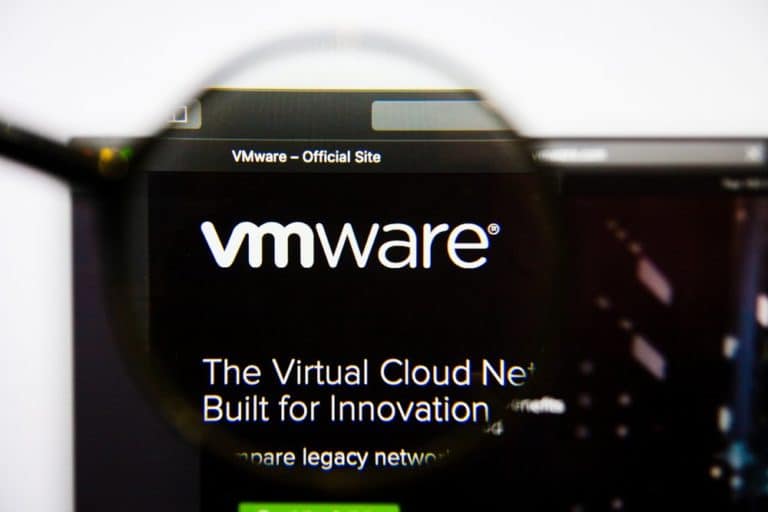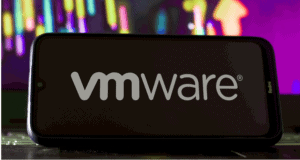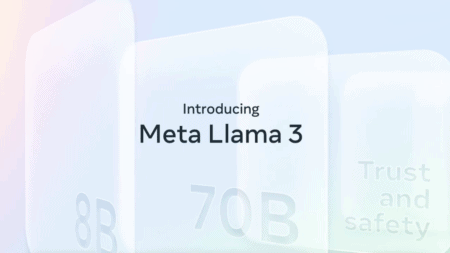At VMworld, VMware introduced a number of tools for Virtual Cloud Networks that support the creation of multicold. Virtual cloud networks need to connect applications, data and users across different cloud platforms more smoothly. The announced tools support this process.
A virtual cloud network should make it easier for users to migrate workloads and applications. This can be between cloud services, network edge and on premise environments. With the new tools, this should run as smoothly as possible. The virtual cloud network must ultimately offer an equal experience in all environments.
VMware at VMworld emphasizes the integration of multiple services for a consistent user experience. Earlier, the company announced a Hybrid Cloud Platform where all services for hybrid cloud environments should be accessible from a single portal.
“I want the public cloud experience, but in my private cloud data center,” said Tom Gillis, senior vice president and general manager of networking and security at VMware. Virtual Cloud Network is a software-defined approach to automating network services that allows centralized management.
Tools for multi-cloud support
A number of tools have therefore been announced. NSX Advanced Load Balancer is a tool for the balanced distribution of workloads across the different sources where compute is available. Furthermore, SD-WAN can now be hyperscaled by the new architecture of VMware SD-WAN by VeloCloud. Then there will be new analytics features in vRealize Network Insight. Regarding vRealize Network Insight, there is now also support for VMware SD-WAN, AWS, VMware Cloud on AWS, and Azure. Fourthly, there is NSX Intelligence, a service that improves the constant observation of data centres for security and network teams.
According to Gillis, the tools make the observation and management of Virtual Cloud Networks much easier. “Our advanced analytics capabilities provide the visibility and resolution of problems needed to easily operate the Virtual Cloud Network.”
This news article was automatically translated from Dutch to give Techzine.eu a head start. All news articles after September 1, 2019 are written in native English and NOT translated. All our background stories are written in native English as well. For more information read our launch article.

















